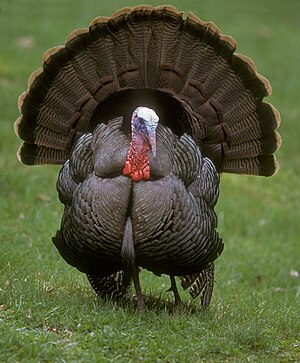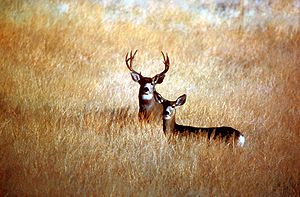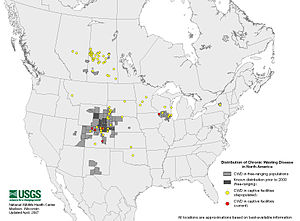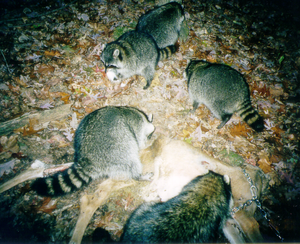 |
The U.S. Fish and Wildlife Service reported preliminary results from their once-every-five-years study of hunting and fishing participation around the country. The study showed an 11 percent increase in the number of anglers over 2006.
Meanwhile, the South Dakota Game, Fish and Parks Department reports one of its best years in fishing license sales in some time. Nearly 67,000 resident annual fishing licenses have been sold so far in 2012, compared to 56,000 at the same time in 2011. In 2006, there were 56,000 licenses sold for the entire year.
Hunting has seen a less dramatic increase, but the Fish and Wildlife Service survey numbers showed an increase in hunter numbers for the first time in two decades. Numbers in South Dakota have been fairly consistent over the past several years. With hunting seasons just beginning to open many license sales have not taken place, so it will be late in the year before 2012 can be compared to past years.
Rob Southwick, president of Southwick Associates – a leading research and data analysis firm focused on the sportfishing and hunting industries – says there are several factors that may be part of the increase.
“The slow economy has certainly had an impact,” Southwick said. “When the economy took a hit, a lot of people went back to enjoying more traditional activities that were also less costly than other options. Fishing license sales and tackle sales data all back that up.”
Another factor may be efforts by states, organizations and businesses to recruit and retain more anglers and hunters.
South Dakota, like many other states, has been active in promoting outdoor activities and in particular participation in hunting and fishing. GFP has worked with national organizations such as the Recreational Boating and Fishing Foundation and National Shooting Sports Foundation, as well as other businesses and organizations with an interest in promoting these sports.
“It is a very rewarding experience when our staff introduces men and women, both young and old, to hunting and fishing,” said Tony Leif, director of the GFP Division of Wildlife. “We feel as though we are not only perpetuating a great South Dakota tradition, but also a way for our citizens to enjoy the many outdoor opportunities our state has to offer.”
Leif pointed to the work at GFP’s Outdoor Campuses in both Sioux Falls and Rapid City, as well as numerous one-day events GFP hosted throughout the summer in locations around the state that all offered hands-on experience in shooting, fishing and other outdoor pursuits.
“The activities we host at our Outdoor Campuses and across the state in various communities are an open invitation for South Dakotans to become acquainted with the outdoor adventures our state has to offer. My hope is that after a sample of the fun, these folks will become life-long anglers and hunters,” Leif said.
For more information about hands-on learning opportunities through GFP, visit their website at http://gfp.sd.gov/outdoor-












